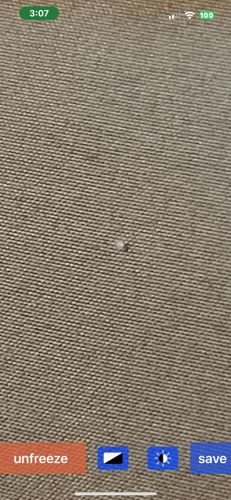Dust Mite
Scientific Name: Dermatophagoides spp. (e.g., Dermatophagoides pteronyssinus, Dermatophagoides farinae)
Order & Family: Acariformes, Pyroglyphidae
Size: 0.2-0.3 mm

Natural Habitat
Indoor environments, particularly bedding, upholstered furniture, carpets, and curtains, where dead skin cells accumulate.
Diet & Feeding
Mainly dead skin cells (dander) shed by humans and pets; also fungi.
Behavior Patterns
Dust mites are notorious for colonizing homes, thriving in warm, humid environments, and feeding on human and animal dander. They are microscopic and not visible to the naked eye. Their droppings and body fragments are the primary source of allergens. They do not bite or sting.
Risks & Benefits
The primary risk associated with dust mites is their role as a leading cause of indoor allergies and asthma. Exposure to their allergens can trigger symptoms such as sneezing, runny nose, itchy eyes, skin rashes, and respiratory problems. They offer no direct benefits to humans or the ecosystem.
Identified on: 9/2/2025